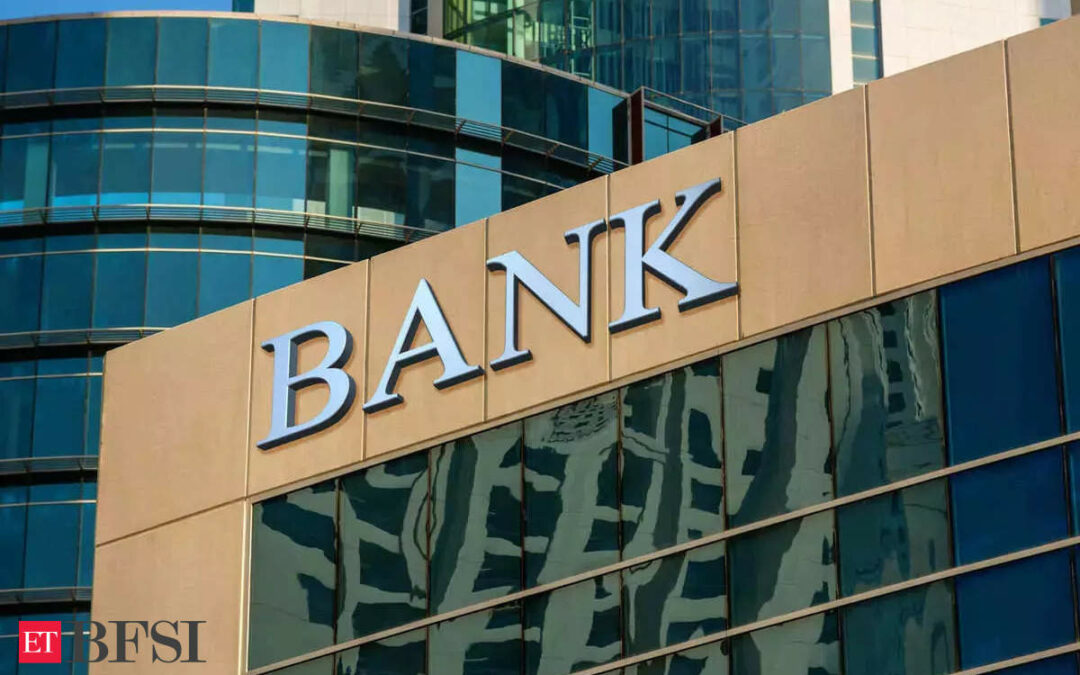Amid worries related to the timing of Fed rate cuts, foreign institutional investors (FIIs) pulled out Rs 14,790 crore from financial stocks in the first fortnight of August and chose to raise exposure to defensives like healthcare, FMCG and consumer services.
As against the total buying of Rs 11,646 crore in the previous fortnight, foreigners were net sellers to the tune of Rs 18,823 crore from 1-15 August.
Besides financials, FIIs were also bearish on metals, services, construction and auto stocks. On the other hand, foreign dollars loved the safety net of healthcare (buying of Rs 3,462 crore), consumer services (Rs 2,196 crore), FMCG (Rs 1,785 crore) and power (Rs 1,169 crore).
Why did FIIs sell financial stocks?
Whenever FIIs want to reduce or raise exposure to Dalal Street, the first port of call is IT and financials as most of their money is lying in these two sectors. IT saw a small selling of less than Rs 500 crore in the fortnight as the outlook has improved while the earnings of the banking sector were a little weaker than expectations with challenges emerging on credit costs.”FY24 was a year of low credit costs and thus the increase in credit costs from such a low base was expected. However, the slight rise in credit costs surprised the market and the sector has been witnessing de-rating post the earnings season,” said Naveen Kulkarni, CIO, Axis Securities PMS.
Also read | 30 defence, other PSU stocks in bear grip. Will the multibagger magic end?
In the June quarter, credit growth was softer than usual Q1 seasonality due to additional headwinds from muted deposits growth, elevated loan-to-deposit ratio and deceleration in unsecured personal loans and NBFC segments.
Credit growth moderated to 1.5% quarter-on-quarter (QoQ) in Q1, which was lower than 2% QoQ in Q1FY24 and 2.9% QoQ in Q1FY23. Deposit growth slowed down to less than 1% QoQ.
“Despite easing opex to assets ratio for most of the banks, we see core earnings under pressure (single-digit YoY for FY25), encumbered by moderating NII growth and a slight uptick in credit cost–running rather sub-average. Yet, RoA for most of the banks shall be healthy and superior to their long-term averages,” said Jai Prakash Mundhra of ICICI Securities.
What should investors do?
The de-rating has resulted in banking stocks trading at reasonable valuations as the market now believes that the peak of this asset cycle has passed and return ratios are unlikely to improve for most banks from hereon.
“We see this view to be a little short-sighted as banks offer decent value at current levels and risk-reward is turning quite favorable,” Kulkarni said.
JM Financial said it continues to prefer larger banks with ICICI Bank, Axis and SBI being top picks.
“Valuations remain close to long-term averages and banks remain one of the few pockets of value. Notwithstanding the valuation argument, we see growth (NII, PPOP) and asset quality to be critical for sector re-rating and thus maintain our circumspect stance,” the brokerage said.
With the change in interest rate cycle, the market is likely to focus on low volatility and growth investing.
Axis has told investors to utilize market dips to invest more as balance sheet strength continues to remain healthy, which limits downside challenges but opens up notable upside potential.
Also read | India Inc promoters cash out Rs 1 lakh crore in 2024. Sign of stock market peaking?
(Data: Ritesh Presswala)
(Disclaimer: Recommendations, suggestions, views, and opinions given by experts are their own. These do not represent the views of the Economic Times)










